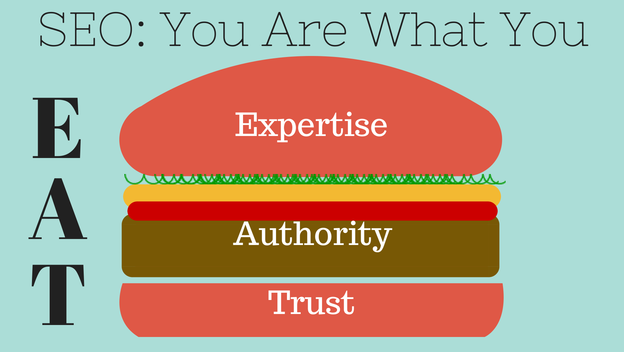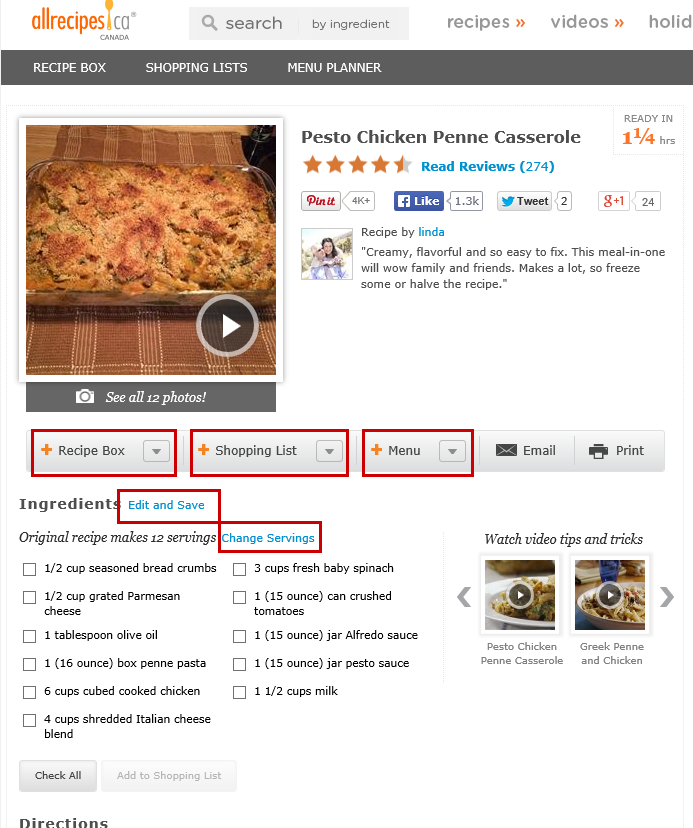These days we expect the internet to just “get us,” and provide the exact information that we’re after when we type in vague search terms. But believe it or not, that’s tougher than it sounds.
But thanks to a new Google Quality Ratings Guideline update and “supplementary content,” we might actually get what we’ve always wanted – search results that answer our queries. And video is leading the way.
According to Jennifer Slegg, founder and editor of the SEM Post,”It’s clear that supplementary content is an area that Google is putting a lot of weight in for their quality raters.”
Ok, cool. But what does that mean for video SEO? Turns out, it’s a good thing.
You Are What You E-A-T
- Expertise
- Authority
- Trust
These are the three metrics of the latest in a suite of Google search ranking criteria, which shouldn’t be surprising in a world where Matt Cutts struck down guest blogging as a link-building scam. Quality content – and verification of that content as “valuable” is what’s really at stake.
So how is this measured?
Turns out that “Expertise, Authority, and Trust” (all capitalized, mind you) are measured differently, but having one reinforces another. Expertise for example – particularly an author’s background and professional qualifications – are vetted and used to evaluate a site’s content. A suite of expert contributors – writing or shooting consistent content – quickly adds Authority to the site. After that, it’s a short step to establishing Trust due to ranking for competitive keywords in SERPs.
It’s a “takes domain authority to make domain authority” kind of system, but hey, that’s SEO. So how do you make authority? With video.
The point is to give your domain as much clout as possible by making valuable content through Supplementary Content.
Supplementary Content: What helps and what hinders?
Wait. What’s supplementary content, and why does my site need it?
Well, odds are your site already has supplementary content – you just need to make sure you have the “good” kind. There are only two types of supplementary content: the kind that improves your site’s ability to rank for search terms, and the kind that hinders that ability to rank. The easiest supplementary content to identify is the negative kind, so we’ll start there.
Ads are “Bad” Supplementary Content
To be specific, “overwhelming” ads are a clear signal of a low-quality website, and Google is penalizing sites with too many ads, specifically “layouts that are all advertising at the top, [which] requires scrolling to see the content.”
The new update also targets, “advertising designed to look like navigation links or secondary content.”
*cough* sponsored content *cough.* Sorry, I have something annoying caught in my throat…
If you think it’s weird that Google – the biggest advertising platform in human history (they’re ad revenue from 2012 was $42.5 BILLION) – is penalizing advertising, you’re wrong. It actually makes sense because of the types of ads Google is penalizing – namely, banner ads.
People have had banner ad blindness for years and the user experience is better without them. Remember pop-up ads? The key to regulating negative supplementary content is improving the user experience.
Because as monopolistic as Google seems, they still have competition.
Google does want to make the average user search experience better by ranking clean, ad-free sites, but only to make their search engine more popular, and thus the existing advertising space more valuable.
More than a Homepage
Now on to the other supplementary content – namely – content. Gone are the days of designing the heck out of your home page and funneling all your traffic through it.
Between blog posts, PR, social media, review sites, recommendations, sponsored content, ads, organic search, and paid media, you never know where someone is going to land on your site, or where they’re coming from. That’s why Google wants every single page of your site to be the total package.
This is the essence of supplementary content – pages that provide enough value to stand alone instead of relying on domain authority and internal links. Video is the driving force behind this shift, because everyone – even CEOs – are consuming more video than ever before.
Every blog post needs engaging content. Every landing page is a sales manifesto. Obviously, that’s a tough order to fill, but here a few tactics and guidelines to employ while beefing up your supplementary video content:
Types of Supplementary Content
Relevant Links. This is already the backbone of any white-hat SEO strategy, so hopefully Google prioritizing links to quality content isn’t a shocker. If you make more videos – and feature them on your site – the links will come. It all has to do with E-A-T. People want links that add value to their site. Video does.
Measuring Quality. Dwell time is the measure of how long a user stays on your page once they click through from the SERP. It sounds like bounce rate, but it’s different. Read more about dwell time and it’s impact on SEO in this article dedicated to video SEO.
Organic Information. Google wants supplementary content that helps the user. From a user’s perspective it makes total sense (we kind of already expect the internet to just “get us” and provide what we’re after), but this is a major shift in search technology. It prizes on-page context – a notoriously difficult thing to measure.
Jennifer Slegg’s example of great supplementary content is a Canadian recipe site:
This stand alone recipe page has so many great things going on:
- A save the recipe feature to add a recipe to a “box”
- Add the ingredients to a shopping list
- Add the recipe to a menu
- Edit the ingredients
- Bookmark and save the recipe for later,
- Change the original serving size
The recipe also has links to similar recipes, reviews, ratings and nutritional information.
However, most notably, the page features a video tutorial that seamlessly walks the viewer through the steps of the recipe. It’s well-produced, relevant, timely (2:36), and adds value to the site – and not just for SEO purposes. The video makes it seem like even I could cook this dish. And that’s kind of the whole point.
Users feel empowered by video. It explains complicated topics and opens up new avenues of exploration. Video is the ultimate supplementary content, and thanks to the latest Google updates, video is starting to pay off for SEO.
The Doggie Bag
If you think a piece of video content will help people, add it. Use video to show people how your product works. Create DIY tutorials. Feature influencers in your niche.
Google loves sites like ambitious sites like allrecipes.com. They want site that go the extra mile. If you want to continue to grow to reach your potential, create the content you’d want to consume, because just like your mom always told you, “You are what you E-A-T.”
Read more:

